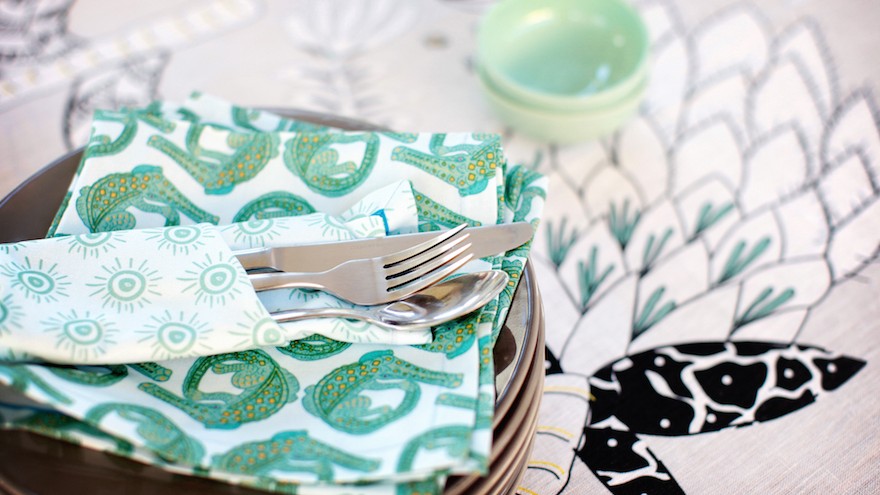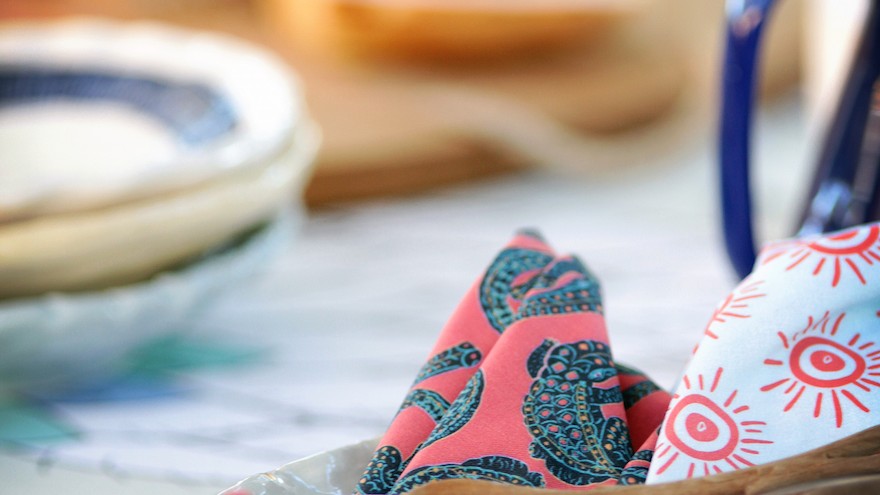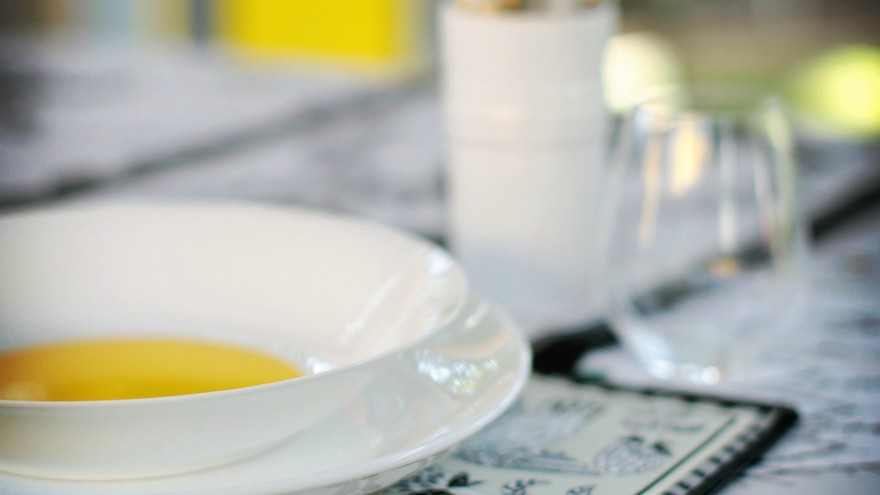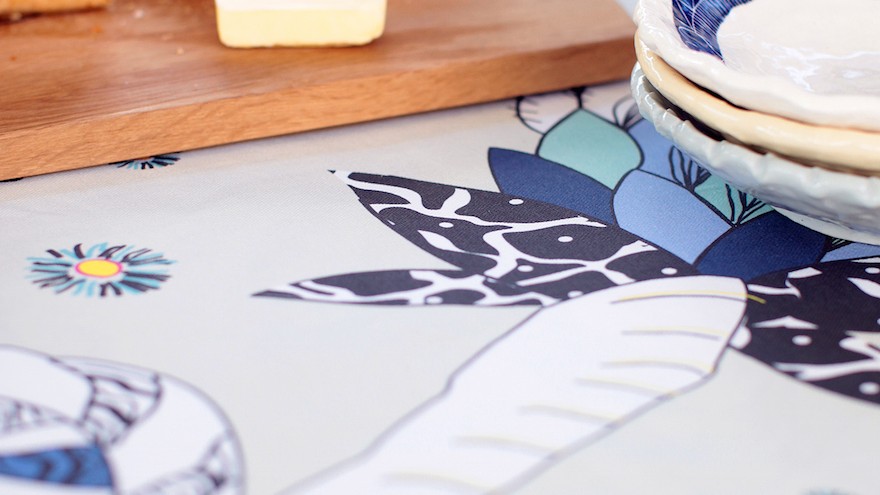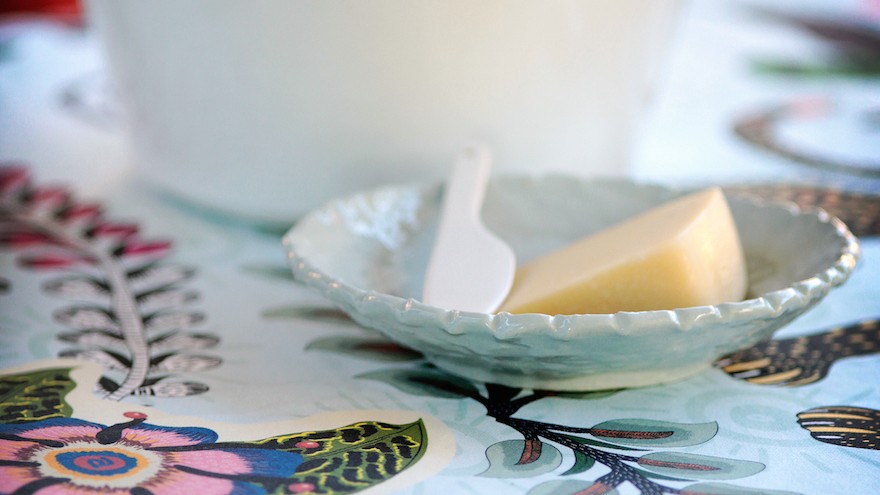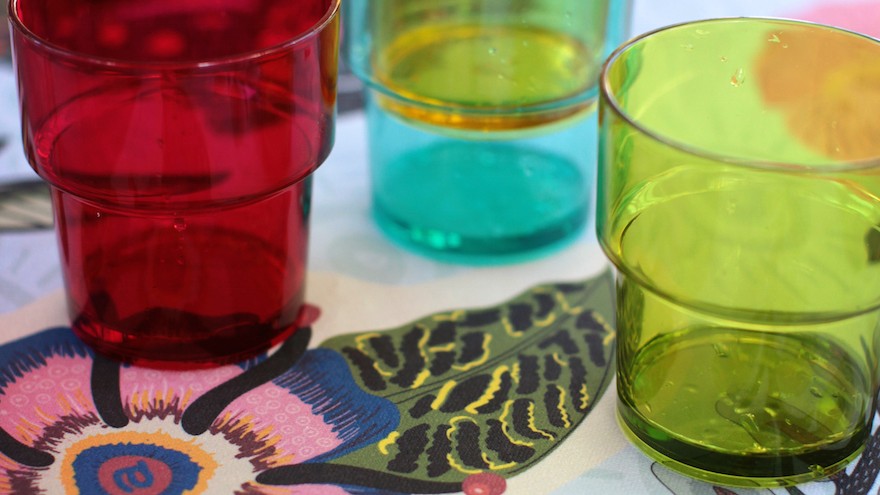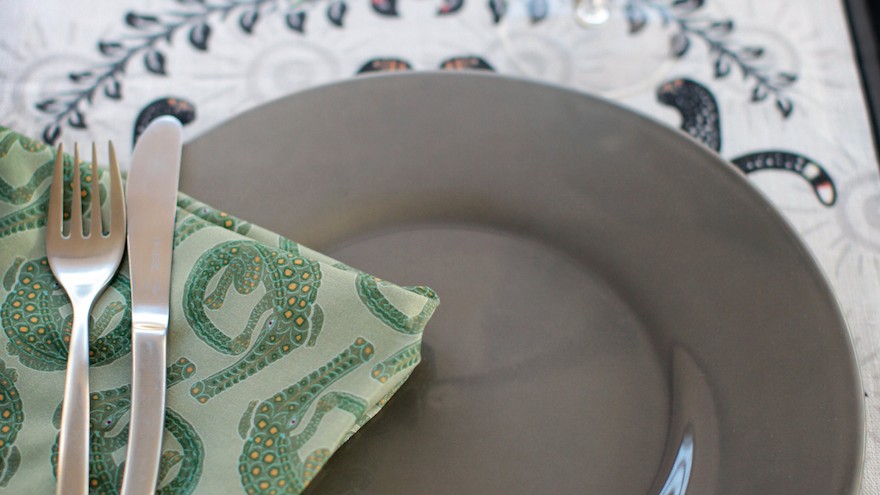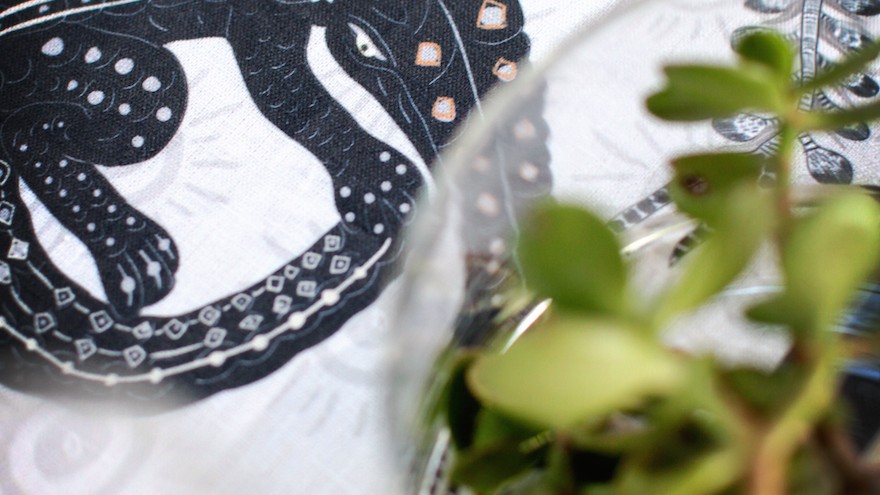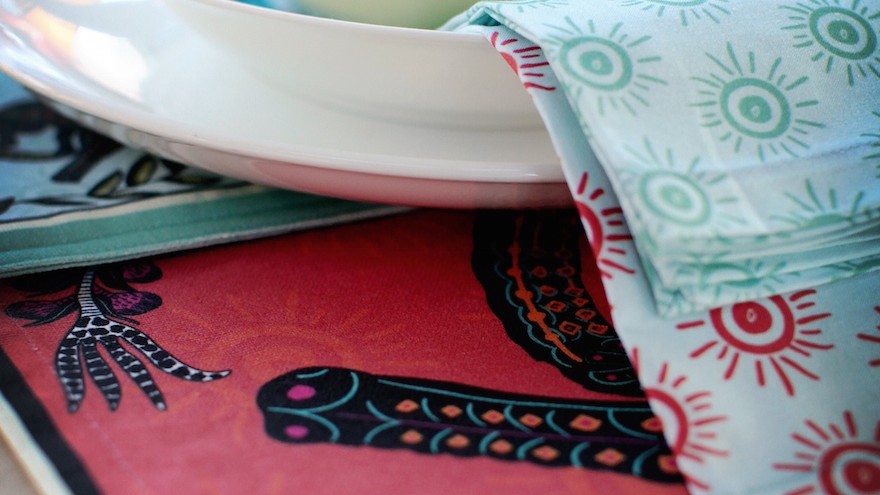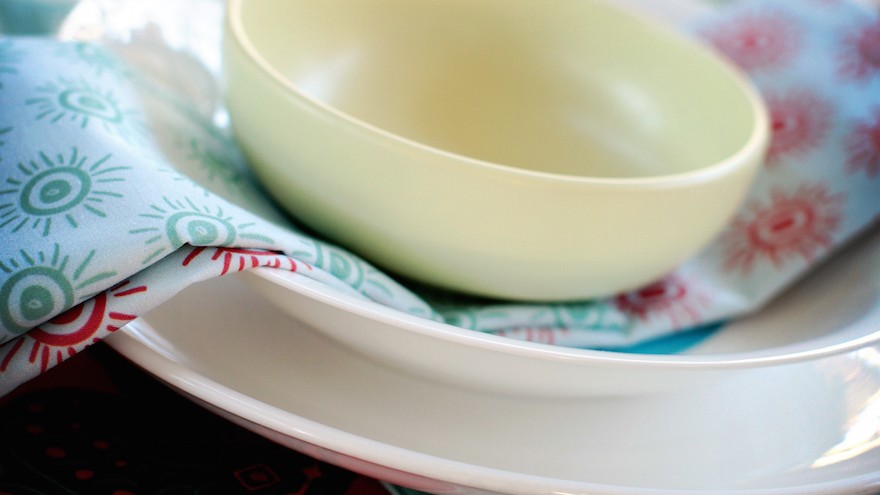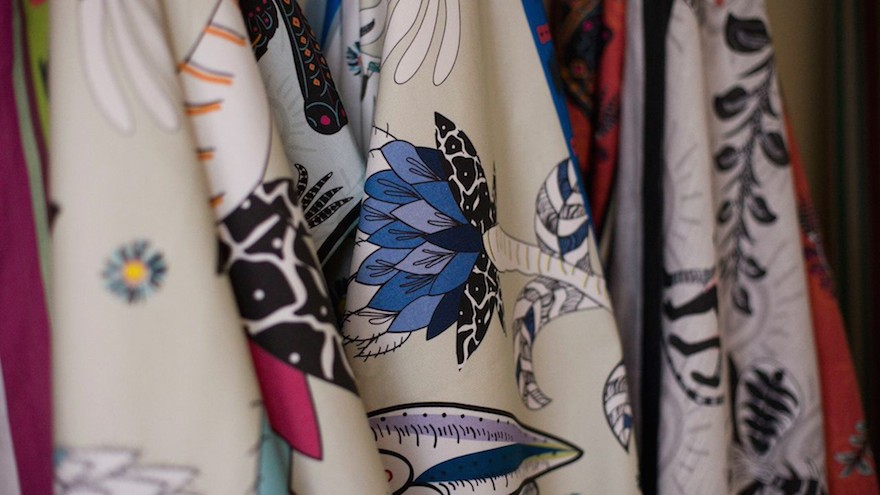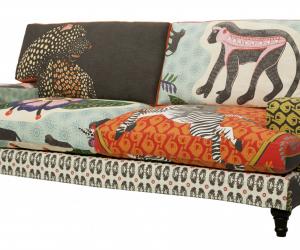From the Series
This year marks the 30th anniversary of Ardmore Ceramic Art. Its studio is still based at the foothills of the Drakensberg mountains in KwaZulu-Natal, but Ardmore pieces can now be found in prestigious public and private collections around the world. The pieces are highly prized and often given as state gifts to visiting leaders and luminaries, including Bill Clinton, Queen Elizabeth II and Empress Michiko of Japan.
Though it is best-known for its work in clay, in 2011 Ardmore produced a limited number of the Qalakabusha (a word meaning “new beginnings”) sofa. A year later the collective collaborated with Mavromac on a linen fabric range.
Ardmore launched a range of homeware, named “Halsted”, at Design Indaba 2014, named for its founder, Fée Halsted. Last year’s range featured the art and writing of Wonderboy Nxumalo – one of Ardmore’s artists. This year, Halsted’s daughter, Catherine Berning, has designed the range: it has no words but translates the vibrant flora and fauna onto the fabrics, including tablecloths, mats, serviettes and runners.
“We needed to bring back shape, colour, pattern and humour that add comfort and sunshine to the home,” says Berning.
Many of the creatures are recognisable from the ceramics. The two Halsted ranges launching this year are “Royal Leopard” and “Fynbos Bird”.
“In the 'Royal Leopard' range we have used the leopard, monkey, zebra and croc, and in the 'Fynbos Bird' collection, I have married elements of 'Protea Field' fabric design with bird drawings.”
Ardmore began in 1985 when Halsted went into an artistic partnership with her housemaid’s daughter, Bonnie Ntshalintshali, whose polio kept her from working in the fields. “I had no idea,” says Halsted of their artistic union, “that it would be the most adventurous and exciting organic experience.”
The signature three-dimensional style of the Ardmore ceramics, where creatures and flowers often burst forth, came out of an attempt to cover up imperfections. A bird would sit on top of a crack in the clay, or a leaf hid a chink. Now this energetic movement, intricate details and vibrant colours are what define the Ardmore aesthetic.
The studio houses around 60 Zulu and Zimbabwean artists – some now span two generations of the same family. Each piece is handmade, individually painted and completely unique.
Halsted’s son, Jonathan Berning, took over the management of the Ardmore business in 2011. The Halsted range has been produced in collaboration with Fleur Heyns, an entrepreneur from London. Heyns bought her first piece of Ardmore ceramics in 1999 – after hearing about them through the Johannesburg grapevine – and met Halsted in 2010. Heyns originally came on board to advise Jonathan on the business side of things and the two of them came up with the separate entity that is now Halsted.
“Design Indaba is a great platform to launch a brand or range or new products, as it gives you exposure to a great variety of people – whether they are involved in design, the arts or just lovers of exceptional things,” says Jonathan. “Design Indaba also draws a great international audience, which is a great attraction for us. There is nothing better to showcase one’s work to the public and get feedback from a wide range of nationalities.”
As part of the 30-year celebrations, Ardmore has chosen its best painters and sculptors to collaborate in the creation of 30 pieces that document Ntshalintshali’s journey as an artist. Ntshalintshali – Ardmore’s first artist – started by creating totems of animals stacked on top of one other, and jointly won the Standard Bank Young Artist Award with Halsted.
Ntshalintshali is depicted as a Zulu maiden, sitting in a protea-painted saddlecloth, riding a black rhino. The vulnerable animals, some of which are almost extinct, is metaphorically linked to the tragic loss of Ntshalintshali to HIV AIDS in 1999.

